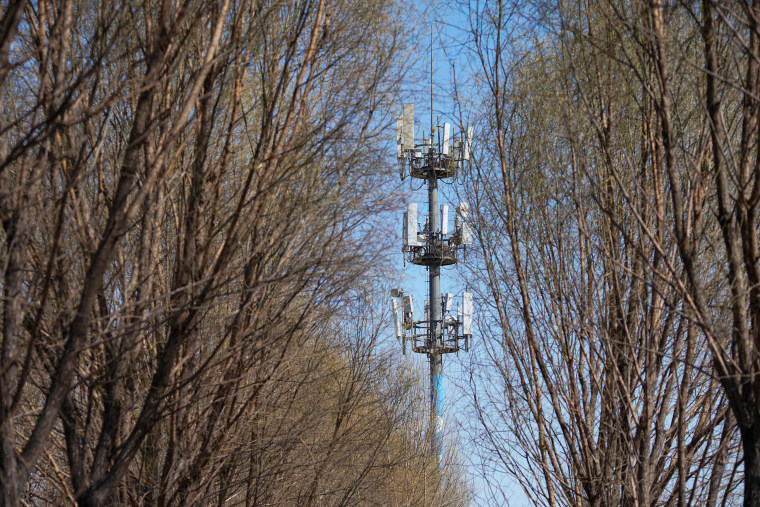Very best safest distance coming from a 5G cell Tower system?

If you've ever been through a city you might have noticed tiny cell towers for 5G placed on poles for street lighting. They look like little boxes however they're actually sending wireless signals from cell phone providers to your phone.
The smaller ones are being replaced by the larger built cell towers. While they're not as noticeable but they can still cause problems for people.
The FCC's Radiation Exposure Thresholds

The FCC's Radiation Exposure Thresholds define the safe limit at which a person can be exposed to electromagnetic energy generated by wireless devices. what is a safe distance from a cell tower for exposure are based on research that prove that electromagnetic energy can cause harm to health.

The absorption rate specific (SAR) is a measure of the radiofrequency energy that is absorbed by tissue. It's usually 1.6 watts per kilogram, calculated over one kilogram of tissue.
Since 5g is able to transmit at higher frequencies, it has the potential to cause greater energy intensity on the skin and other exposed body parts. This could result in various possible harms, such as an increase in development of skin diseases such as dermatitis and cataracts, and skin cancer.
Because of the potentially negative effects of 5G radiation, PSU has chosen to set a general localized maximum power density of four mW/cm2 based on the average over 1 cm2, and not to exceed 30 minutes, for all 5G services at 3000 GHz. This localized limit is in accordance with the maximum SAR spatial-average of 1.6 W/kg, which is averaged over 1 g of tissue at 6 GHz.
what is a safe distance from a cell tower for Maximum Exposure
If you've ever used a cell phone, then you're aware that a safe distance from the tower is around 400 meters away. This is because the transmitting power of the cell tower is significantly increased the further the tower is.
While it sounds like an ideal idea however, people living in close proximity to towers could be more vulnerable to health issues. For example, a study from 2014 in India found that residents living within 50 meters of cell towers experienced much more health problems than those who were distance from them.
This study showed that residents who moved to areas that were further from cell towers experienced their symptoms return to normal within a few days. safe distance to live from cell phone tower has shown that exposure to high frequencies of radiofrequency electromagnetic fields (EMFs) can lead to brain tumors, cancers, and other health problems.
This is due to the fact that RF radiation, which is used for wireless communication, has the ability to penetrate the body's outer layer of skin. It is crucial to know since the skin serves as a shield against injury to the body, infection from pathogenic microorganisms, as well as the entry of harmful substances. The skin is the most important organ in the human body, and is accountable for maintaining the integrity of other organs.
safe distance to live from cell phone tower on several assumptions that are not supported by scientific evidence. They include the false belief that exposures of a short duration to RF radiation are safe due to the limited penetration into the body (i.e. the heating of tissues).
The assumption is also ignoring the deeper penetration of the ELF parts of modulated RF signals, as well as the effect of short bursts of heat caused by RF pulses. These assumptions do not correspond with the current understanding of biological effects of RF radiation. As such they should not be used for health protective exposure standards.
Furthermore to that, ICNIRP and FCC restrict their limit of exposure to the local SARs that are based on the maximum speed of spatial absorption (psSAR) that is not a reliable dosimetric instrument for determining the level of exposure to RF radiation. Particularly, psSAR is inaccurate when frequencies exceed 6 GHz. In addition, psSAR is not been evaluated for RF radiation exposed to other environmental agents such like sunlight. In the event of interactions, RF radiation with other agents in the environment could produce synergistic or antagonistic impacts. This could result in an increased risk of adverse health adverse effects. For instance, exposure to RF radiation along with exposure to sunlight can raise the chance of skin cancer, and may also exacerbate other skin diseases such as acne.
